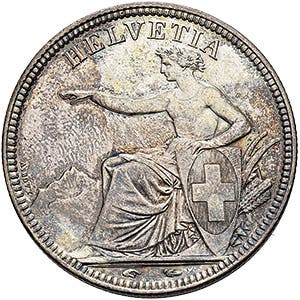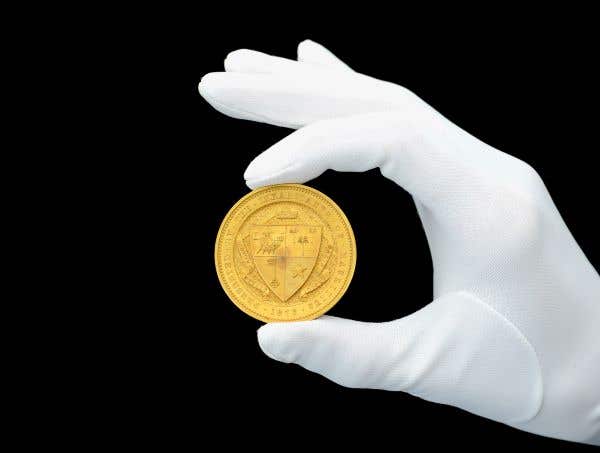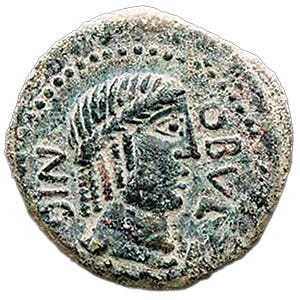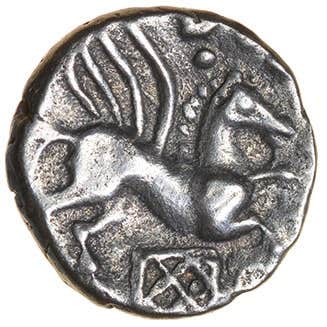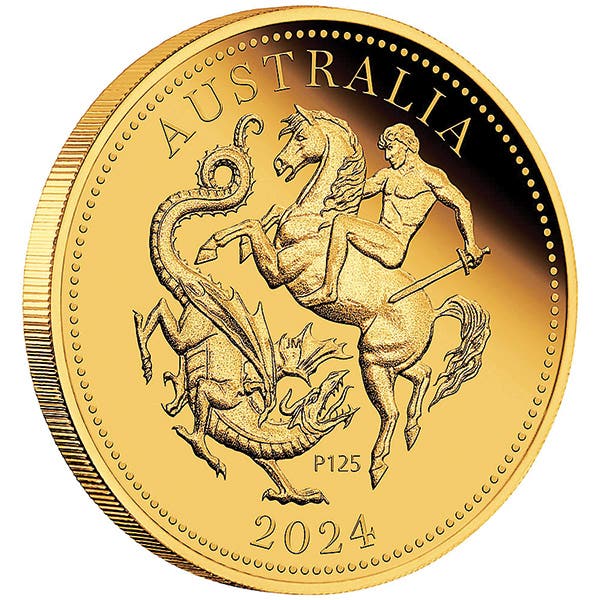Earth’s climate zones in new series
A first strike ceremony at the State Mints of Baden-Wuerttemberg on Dec. 8 saw production of the second 5 euro in a series of coins describing the Earth’s climate zones….
A first strike ceremony at the State Mints of Baden-Wuerttemberg on Dec. 8 saw production of the second 5 euro in a series of coins describing the Earth’s climate zones. The first had been issued in April. These bimetallic coins are particularly notable in containing a mintable polymer ring that separates ring and core.
The translucent polymer sandwich filling provides a state-of-the-art security feature. In itself, it offers a high level of protection by being extremely difficult for counterfeiters to imitate. However, it also can contain overt, covert and latent security features. For example, the polymer can be impregnated with nanopigments visible only in UV light.
The “Climate Zones of the Earth” series is the second such set of German bimetallic 5-euro coins to contain a polymer sandwich. The first series in 2016 celebrated Planet Earth. In these coins, a blue polymer ring separated core and rim.
With the climate series, the color of the ring will change, while the ring’s shade of color will vary with each state mint. The first climate 5 euro marking the Tropical Zone had red rings. The second, dated 2018, concerns the Subtropical Zone and has an orange ring. This was the coin struck in the Dec. 8 ceremony. The coins are available both as BU specimens and proofs.
The polymer technology has initially been used for commemorative pieces, but Dr. Peter Huber, Director of the State Mints of Baden-Wuerttemberg, said, “We are ready to apply it in circulation coinage. The new technology has been field-tested for mass production.”
This article was originally printed in World Coin News. >> Subscribe today.
More Collecting Resources
• The Standard Catalog of World Coins, 1901-2000 is your guide to images, prices and information on coinage of the 1900s.
• Any coin collector can tell you that a close look is necessary for accurate grading. Check out this USB microscope today!




